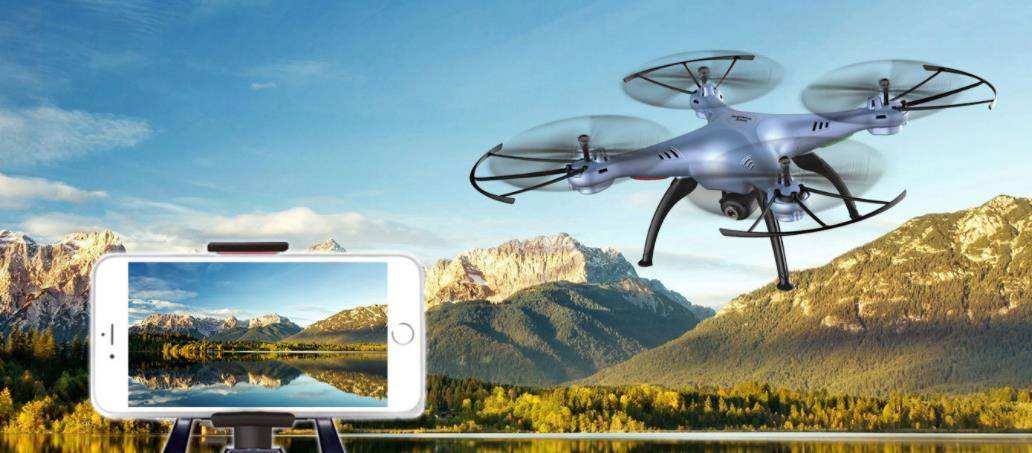Drones are revolutionizing modern warfare, transforming the dynamics of air force operations globally. The advancements in air force combat drones have paved the way for more sophisticated and less human-involved military strategies. With the increasing integration of artificial intelligence and advanced sensors, these aerial vehicles are now capable of performing complex missions with remarkable efficiency and accuracy, reshaping how military confrontations are conducted.
of air force operations globally. The advancements in air force combat drones have paved the way for more sophisticated and less human-involved military strategies. With the increasing integration of artificial intelligence and advanced sensors, these aerial vehicles are now capable of performing complex missions with remarkable efficiency and accuracy, reshaping how military confrontations are conducted.
Innovative Features of Combat Drones
One of the most significant innovations in combat drone technology is the autonomy in which these devices can operate. Initially requiring human oversight for operations, modern combat drones, empowered by AI, can now make real-time decisions on navigation and target identification. This progression significantly reduces decision-making time, enhancing mission success rates while minimizing casualties.
The Role of AI in Air Force Drones
The integration of artificial intelligence is a game-changer in unmanned aerial advancements. AI enables these systems to analyze large data sets quickly, recognizing patterns, and making predictive decisions, offering a strategic advantage in combat scenarios. Drones equipped with machine learning algorithms can adapt to different environments and scenarios, learning from each mission to improve future performance.
Enhanced Surveillance and Reconnaissance
Another critical area where air force combat drones shine is in surveillance and reconnaissance. Equipped with high-resolution cameras and advanced radar systems, they provide detailed intelligence from altitudes and distances that manned aircraft might find challenging. This capability furnishes military operations with real-time data, allowing for more informed strategic decisions and increasing overall mission efficacy.

Stealth and Other Tactical Advantages
Stealth technology is another area where drone technology has made leaps. Combat drones’ design often emphasizes reducing radar detectability, which is crucial for performing surveillance and strike operations undetected. The tactical advantages offered by these advancements allow for precise targeting and the execution of covert missions without risking troop exposure, marking a pivotal shift in military tactics.
With their ability to loiter over target areas and strike with pinpoint accuracy, air force combat drones have become indispensable in modern warfare. This ongoing evolution not only enhances operational capabilities but also supports a move towards increasingly remote forms of combat engagement, reducing direct human involvement.
Future Prospects and Challenges
Looking ahead, the future of air force combat drones appears promising, though not without challenges. As technology continues to advance, issues such as cybersecurity, airspace regulation, and ethical considerations on autonomous weapon deployment must be addressed. Ensuring that these systems remain secure from hacking attempts, and developing comprehensive frameworks for their ethical use, remain critical areas for ongoing research and development.
FAQs on Combat Drones
What is the primary benefit of using combat drones?
The primary benefit of employing combat drones is their ability to conduct missions without risking human pilots. They offer unprecedented precision and can operate in hostile environments that might be too dangerous for manned aircraft.
How does AI enhance drone capabilities?
Artificial Intelligence enhances drone capabilities by enabling autonomous navigation, decision-making, and real-time data analysis. This reduces the need for constant human input, leading to faster and more efficient mission execution.
What are the ethical concerns surrounding military drones?
Key ethical concerns include the potential for collateral damage, the lack of accountability in autonomous decision-making, and the broader implications of reducing human involvement in combat scenarios. Addressing these concerns is crucial to the responsible use of drone technology in military applications.
